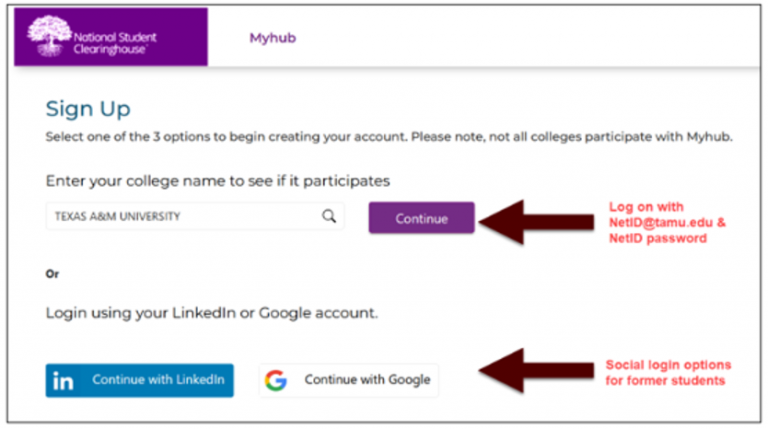TAMU Visualization Laptop Requirements
TAMU Visualization Laptop Requirements – Texas A&M University (TAMU), renowned for its pioneering approach to education, offers specialized programs in the Department of Visualization. This department shapes the next generation of experts in animation, graphics, game design, virtual reality, and various other visual disciplines. Given the complexity and depth of these courses, there’s an emphasis on equipping students with laptops capable of meeting the rigorous demands of the software and projects they’ll undertake.School News Portal
Understanding the intricacies of visualization endeavours makes it clear why the right laptop isn’t just beneficial—it’s a necessity. Visualization, by nature, leans heavily on graphic-intensive tasks, 3D modelling, animations, and more. These tasks need a harmonious blend of a powerful processor, an adept graphics card, substantial RAM, and efficient storage. Such a combination ensures that students can navigate through their software smoothly, optimizing their learning experience.
The Department of Visualization doesn’t just educate; it aims to foster innovation and creativity. To achieve this, students need tools that match their ambition. With the right laptop, replete with the recommended specifications, they can bring their visionary projects to life without hardware constraints. Investing in the right device means paving a smoother path in the dynamic world of visualization.
Read Also: TAMU Law Graduation Requirements
TAMU Visualization Laptop Requirements
Understanding the Basics
Before delving into specifics, it’s essential to understand why a powerful laptop is critical for visualization students. Visualization involves working with graphics, 3D modelling, animations, and more. These tasks require not only a fast processor but also a competent graphics card, ample storage, and enough RAM to handle multi-tasking and run heavy software smoothly.TAMU Visualization Laptop
1. Processor (CPU)
Recommended:
- For Undergraduates: Intel Core i7 or AMD Ryzen 7 (or better)
- For Graduates and Advanced Projects: Intel Core i9 or AMD Ryzen 9
The CPU is the heart of any computing task. A robust CPU ensures that everything runs smoothly for visualization tasks, which often involve real-time rendering and simulations. Intel and AMD offer powerful options, but you’ll want to aim for the higher-tier CPUs to future-proof your investment.
Read Also: Tamu Engineering Graduation Requirements
2. Graphics Card (GPU)
Recommended:
- For Basic Tasks: NVIDIA GTX 1660 Ti or equivalent.
- For Advanced Tasks and Renderings: NVIDIA RTX 3070 or higher (or equivalent from AMD).
Visualization tasks are heavily GPU-dependent. Whether you’re working on animations, 3D modelling, or VR, a sound graphics card ensures you can visualize your projects in real-time without hiccups. NVIDIA’s RTX series, with its ray-tracing capabilities, is particularly suited for advanced visualization projects.
3. RAM (Memory)
Recommended:
- Minimum: 16GB
- Optimal for Heavy Tasks: 32GB or higher
RAM allows for smooth multi-tasking, especially when multiple software applications are open at once. 16GB is the baseline for most visualization tasks. However, for students who are heavily into 3D rendering or working on complex simulations, 32GB or even 64GB might be more appropriate.
Read Also: Tamu AG Business Transfer Requirements
4. Storage
Recommended:
- SSD: 512GB or higher
- HDD (if required for additional storage): 1TB or more
Storage speed affects how quickly you can access and save large files. Solid State Drives (SSD) are much faster than traditional Hard Disk Drives (HDD), and for visualization tasks, an SSD is almost mandatory. Additionally, due to the size of project files in visualization work, having ample storage is crucial.
5. Display
Recommended:
- Resolution: Full HD (1920×1080) or higher
- Panel Type: IPS for better color accuracy and viewing angles
The quality of the laptop’s display is vital for visualization students. A higher resolution provides a clearer picture, and an IPS panel ensures accurate color representation, essential for graphics and animation projects.
Read Also: TAMU Architecture Computer Requirements
6. Connectivity
Recommended:
- USB-C/Thunderbolt ports: For fast data transfer and connecting to modern devices.
- HDMI or DisplayPort: For external displays.
- Wi-Fi 6: For faster internet connectivity.
Visualization tasks often require connecting various peripherals, such as drawing tablets, VR headsets, or external displays. Hence, having a good array of ports is essential.
7. Battery Life
Recommended:
- Minimum: 6 hours
For students on the go, a decent battery life ensures that you can work on projects without constantly hunting for an outlet.
8. Build Quality
Considering the investment, it’s essential to choose a laptop with a durable build. Metal chassis, sturdy hinges, and a good keyboard are things to look out for.
Software Considerations
Apart from the hardware requirements, visualization students at TAMU will be working with various software packages. Some of the main ones include:
- Adobe Creative Suite: Photoshop, Illustrator, After Effects, and Premiere Pro.
- Autodesk Suite: Maya, 3DS Max, and AutoCAD.
- Other Software: Blender, Unity, Unreal Engine, ZBrush, and more.
It’s essential to check the specific requirements of these software packages when choosing a laptop.
Read Also: TAMU MP2 Score Requirements
Conclusion
Investing in the right laptop is crucial for students in TAMU’s Visualization program. The nature of visualization work requires a machine that’s both powerful and versatile. By following the recommendations laid out in this guide, students can ensure they’re well-equipped to tackle their projects head-on and excel in their academic journey.
Remember, the world of technology is ever-evolving. While the above guidelines serve as a robust framework for 2023, always check the latest specifications and software requirements, especially if reading this in subsequent years.
Read Also: TAMU Laptop Requirements

